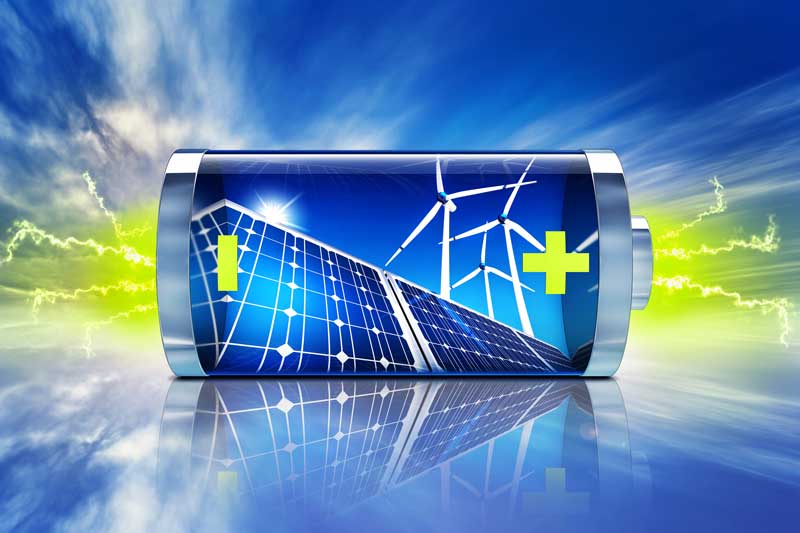Solar technology isn’t a new phenomenon, but it has yet to take over as the primary power source for the country due to one major issue: storage.
Solar farms don’t produce or store enough power to keep supplying energy to the grid when the sun isn’t shining.
However, that soon may all change.
2022 renewable energy outlook includes storage
Deloitte released its 2022 Renewable Energy Industry Outlook and has new solar configurations at the top of its list of emerging trends.
The report states that after an 85% cost decline in the last decade, solar photovoltaic (PV) systems are the most cost-competitive systems on the market.
And 2022 could finally be the year the industry grows its solar-plus-storage buildouts. Deloitte’s report said it expected to see the exploration of floating solar PV modules and expanding community solar projects to new markets.
In layman’s terms, rooftop solar has never been enough. Offering storage capacity can help increase access to solar in relation to how much power a person uses.
Solar storage matters because it helps keep the power either for the system owner or for the grid to use later, instead of immediately sending it back to the grid and needing to use that generated electricity immediately.
If all the large-scale battery projects planned for 2021 to 2025 become operational, the share of U.S. battery storage co-located with solar would increase from 24% to 50%. Similarly, the percentage of solar projects co-located with battery storage would increase from 3% to 14%.
“Pairing storage with solar offers cost synergies, operational efficiencies, and the opportunity to reduce storage capital costs with the solar investment tax credit. We will likely see increasing demand for solar paired with energy storage for multiple use cases, including minimizing curtailment risk and enabling solar to look more like baseload power,” the report states.
Community solar will also continue to grow in 2022, with 22 states and Washington, D.C. enabling policies for community solar. Rooftop solar always had limitations, with more than half of U.S. households unable to purchase rooftop solar because of either insufficient sunlight, credit access, not owning the home, or other factors. Community solar programs enable residential customers to enjoy the benefits of shared solar power, even if you’re in an apartment or the shaded woods.

Private investments expand solar technologies
Politicians have long championed solar and wind projects, but that hasn’t helped the sector grow quickly enough.
Private investment and pilot projects could help expedite the commercialization of emerging technologies such as green hydrogen, advanced batteries, and other forms of long-duration storage.
“These technologies can provide zero-carbon electricity and longer-term seasonal electricity storage, ease grid congestion, stem renewable curtailment, boost reliability, and facilitate integration of solar and wind into the grid while supporting goals for 100% clean energy,” Deloitte’s report states.
One private company to look out for is Form Energy, which recently unveiled a massive breakthrough in its long-duration energy storage iron-air battery. Its battery can provide more than 100 hours of energy at the cost of $20/kWh— about 1/10 the cost of the most commonly used lithium-ion batteries. Form Energy received a $240 million financing round with investors, including steel company ArcelorMittal, to expand its work.

How storage and data can help utility companies
The U.S. Energy Information Administration expects U.S. utility-scale solar generating capacity to grow by 21.5 GW in 2022.
Most planned solar additions in 2022 will be in Texas (6.1 GW, or 28% of the national total), followed by California (4.0 GW).
Adding more storage to the mix would only increase this capacity. Understanding the data and figures behind what projects are scheduled to come online and how much energy those projects generate will help utility companies plan for how much energy the grid needs and can produce.

- 87% of Utilities Have Experienced at Least One Data Breach in Last Three Years - February 5, 2024
- Can Drones Lower Your Next Utility Bill? - January 10, 2024
- Onshore Wind Farms Are The Next Big Thing In Renewable Energy - December 6, 2023



